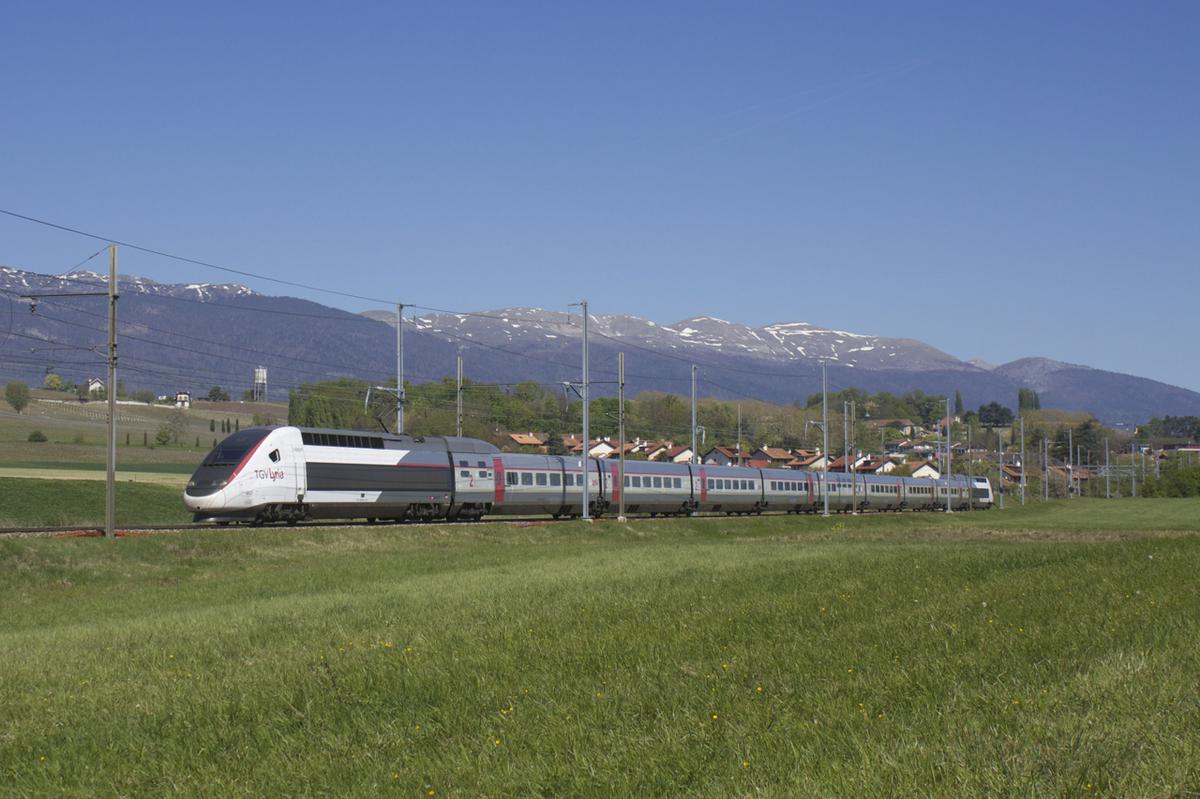Questions:
1. A German engineer built the first train powered by electricity in 1879. He also founded a company that is a major electrical engineering multinational corporation today, and his name has been adopted as the SI unit of __________ ___________. Name the engineer and fill in the blanks.
2. In April 1869, George Westinghouse, Jr. received a patent for a braking system that improved on a previous design. The new design revolutionised the railway sector and became the precursor for modern railway brakes. Name the previous design, in which compressed air pushed on a piston, which then applied brake-shoes to multiple wheels.
3. An invention in the 1880s of a device called a trolley pole allowed trolleys, trams, and streetcars to draw power from an overhead electric transmission line. It consisted of a pole atop of the vehicle that would brush against the line as the vehicle moved. Name the modern version of this technology.
4. Thanks to its large reserves of coal, which country was the last in the world to switch all of its locomotives from being steam-powered to being diesel-powered?
5. Achieving a sustainable hydrogen economy is a much-touted goal of many countries. What is the collective name for trains that are powered by hydrogen?
Visual:
Name the train class (pictured above) which set a speed record for a railway vehicle running on conventional tracks in 2007: 574.8 km/hr.
Answers:
1. Werner von Siemens
2. Straight air brake
3. Pantograph
4. China
5. Hydrail
Visual: TGV POS









